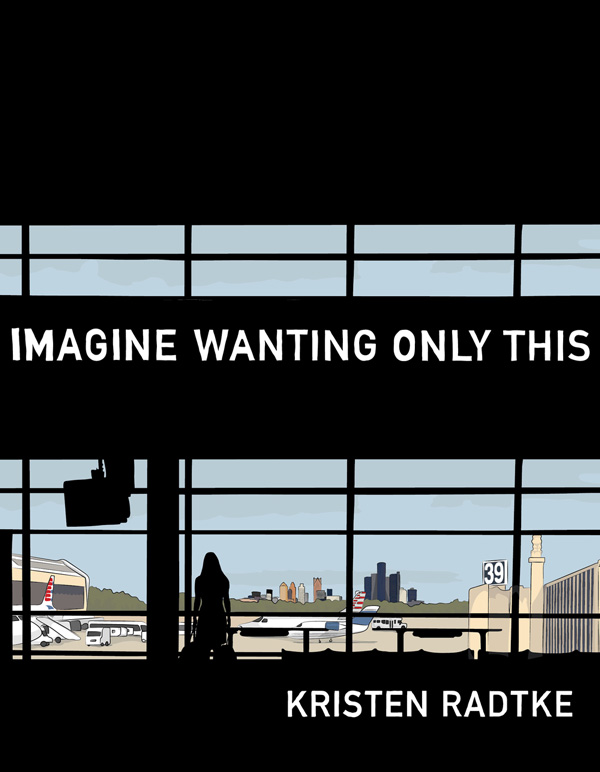I am often torn about autobiographical comics. Not whether they should exist or not — of course people should create the comics they are moved to create — and not about the level of the work, which obviously depends on the creator doing the work, but within an area that has some strong practitioners. What nags at me is that so many of these tend to be works by people half my age who, while they have experienced life, have done so within a privileged American stomping ground and, even though, for not such a long time that experiences have accrued into the multi-dimensional ones that come naturally after living for years and years. Almost everyone’s got a complicated story by the time they reach 50 just because there’s half a century of space to fill. Something happened in that time.
But the demographics of comics creators probably controls the number of young people recounting their lives on the page. One positive about this is that the bar becomes awfully high to distinguish yourself from the pack. There are a number of ways you can do this, but the one that will help your work last longer than any zeitgeist might allow is to understand the meaning of your brief experience, to be able to put it into a larger context so that anyone of any age can see its relation to the larger emotional experience of just being human in the world. Even better if you can wrap in the experiences of people who are not you into the story you tell about yourself.
Kristen Radtke’s Imagine Wanting Only This understands all that in a big way, tracing the emotional reaction to the premature death of her favorite uncle while she was in college to larger stories of places permanently marked by changes in history and geography that have caused them to be lost. Radtke starts her story by building the personal familial bonds that are going to be broken through loss, but she ends up winding though an examination of her own personal dysfunction while recounting a fascination with abandoned and decaying places that yield to investigations that don’t exactly add up to any kind of peace or closure about the wrecked areas that grab her attention.
At the center of Radtke’s remembrance is a visit to Gary, Indiana, a personal investigation into the decaying city that leads to an encounter with discarded photos in an abandoned building that prove to have far more meaning to other people than Radtke imagined when she decided to take them home for herself and make part of an art project. The photos belong to someone else’s personal story, and Radtke’s possession of them for her own expression is an early lesson in the ways the experiences of others can be used within your own story, not to be forced into a narrative that they don’t belong, nor fashioned into some kind of mysterious place holders to make up for the lack of your own, but actual things with tangible connections with you. The irony is that through her experience of claiming the discarded photos as her own, they do form a tangible connection with her and do become part of her own story.
But Radtke’s story is partly one of a person searching for their own story, and this quest takes her beyond Gary, to other countries like the Philippines, Italy, Iceland, and, most significantly, her own hometown of Peshtigo, Wisconsin, and her own family’s role in a devastating fire storm that took place there in 1871 which became a point of fascination in research that would eventually lead to napalm. From the overwhelming deadly explosive burst of an entire town, to the one within her uncle’s chest, both direct parts of a family history,
Radtke measures her life as the space between sudden disasters that cause great pain, great stretches of emptiness that cause her to grasp for something, anything of substance, but the truth is, her life isn’t any worse than any of us reading about it. It’s a life of personal doubt, of some alienation from her surroundings, it’s a life of searching for meaning in the small and the large, trying to figure out how it all meshes together.








